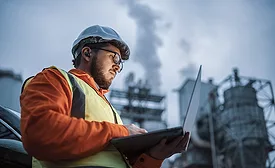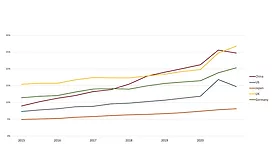ARTICLES
Chemical companies’ attention has shifted from demand issues to more sustainable practices in an effort to address rising production and transportation costs, greater demand to reduce carbon footprint, diminished profitability, and the push to develop more recyclable products.
Read More
2022 Raw Materials and Chemicals Overview
As COVID recovery continues, manufacturers must strategize and optimize to mitigate ongoing supply chain issues and soaring costs.
August 8, 2022
2021 Raw Materials and Chemicals Overview
The outlook for industrial demand is expected to improve, notwithstanding inflated raw material costs.
July 29, 2021
Strategic Solutions
COVID-19 Impact on Global Shipping and Packaging Dynamics
The continued transition away from brick-and-mortar to ecommerce brings demand for packaging innovations that enable faster delivery and better content protection from shock or temperature variations.
May 19, 2021
2020 Raw Materials and Chemicals Overview
What repercussions has COVID-19 had on price fluctuations and availability for key raw materials used in the adhesives and sealants industry?
November 4, 2020
Keep the info flowing with our newsletters!
Get the latest industry updates tailored your way.
JOIN TODAY!Copyright ©2025. All Rights Reserved BNP Media.
Design, CMS, Hosting & Web Development :: ePublishing




